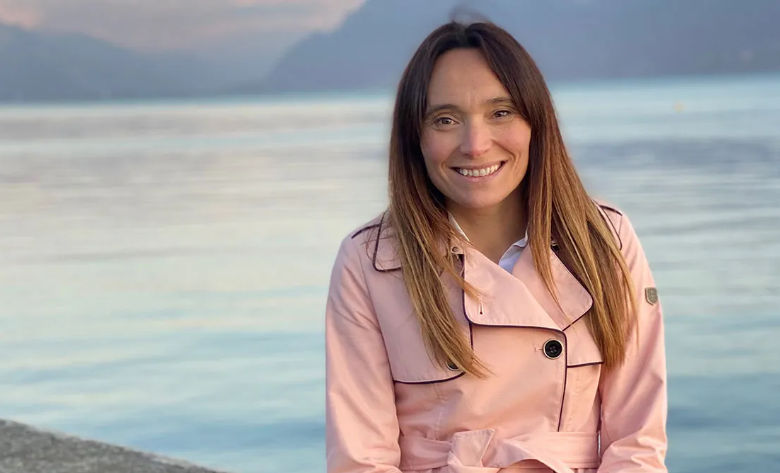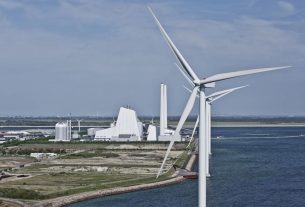United Kingdom – A machine-learning model that reliably predicts the heat capacity of metal-organic frameworks and other adsorbents was developed by chemical engineers at Heriot-Watt University.
Future carbon capture systems now have intriguing new possibilities according to the discovery. The term “metal-organic frameworks” (MOFs) refers to a group of substances with nanoscale pores.
They are incredibly adaptable and promising for many applications, including extracting carbon dioxide (CO2) from power and industrial plants, thanks to their pores and the rich and varied chemistry of MOFs.
Through her work with MOFs and separation techniques for use in energy, industry, and environmental applications, Susana Garcia, a professor of chemical and process engineering and the associate director in carbon capture and storage at the Research Centre for Carbon Solutions (RCCS), is expanding the potential of novel materials.
She is currently in charge of the PrISMa project, financed by ACT, where a group of worldwide academics have created a technology platform to hasten the adoption of carbon capture technologies by integrating process engineering and fundamental science. As part of the initiatives carried out by the UK Industrial Decarbonisation Research and Innovation Centre – IDRIC, Prof. Garcia’s team also uses the platform to decarbonize the UK industry.
Application in real world
The researchers recreated the performance of the materials in a carbon capture facility to show the application of their findings in the real world. The process model was created by Dr. Charithea Charalambous, a research associate in Prof. Garcia’s group and the technical lead of PrISMa’s modeling work.
Due to the dearth of data, engineering calculations have traditionally assumed that all MOFs have the same heat capacity. The work’s most striking component is how Professor Berend Smit’s team at the École polytechnique fédérale de Lausanne, a public research university in Switzerland, approached an issue without data by using big data.
They understood that one might use a machine to understand how the chemical environment at a certain location affects the vibrations of each atom in a MOF and how these vibrations relate to the MOF’s heat capacity. The researchers created a number of MOFs and evaluated their heat capacities to check the predictions. All of the measurements were in good agreement with the model’s predictions.




